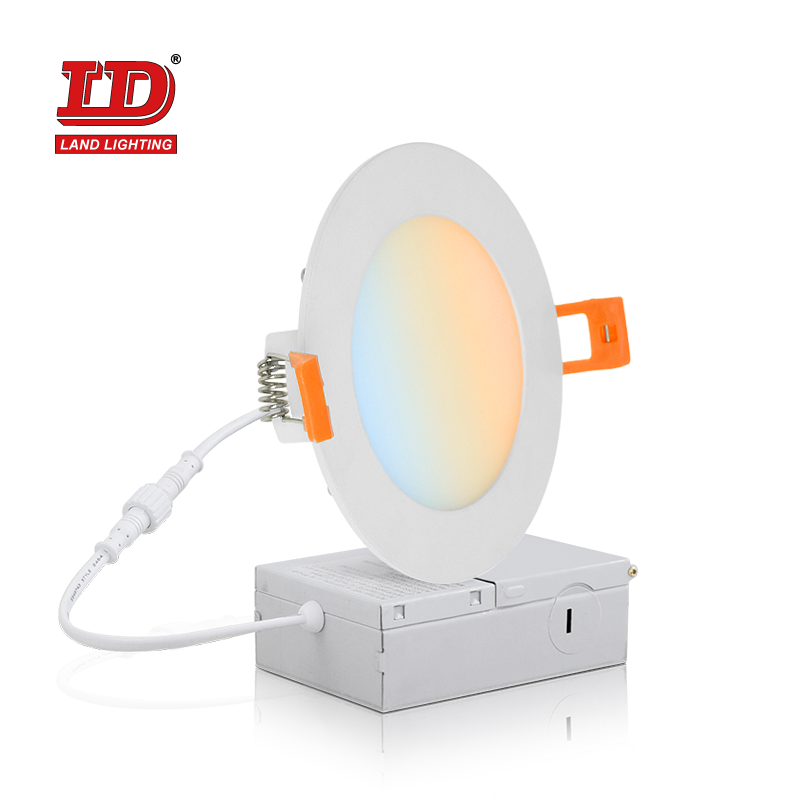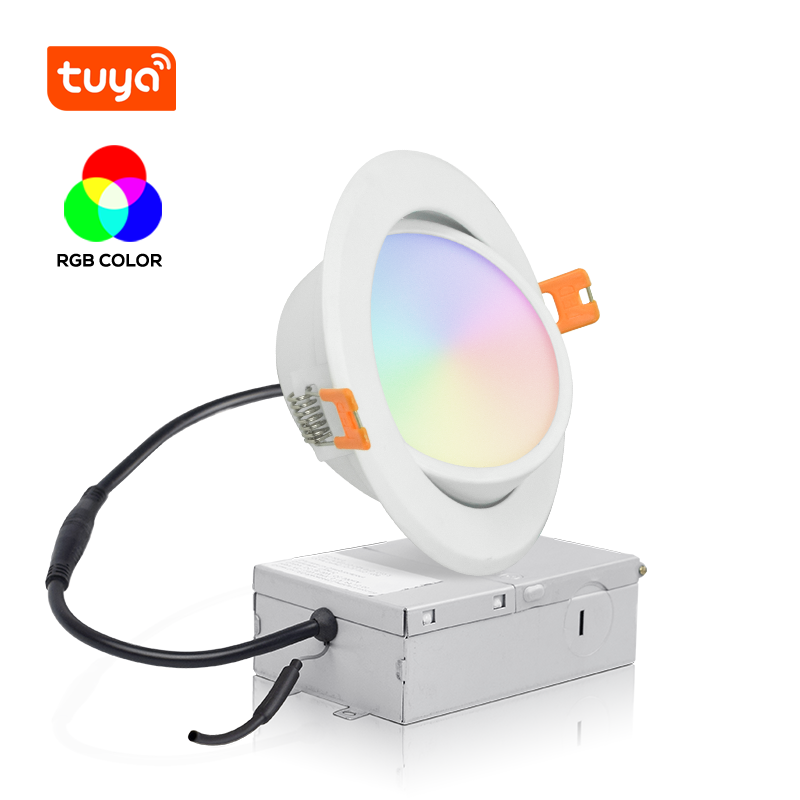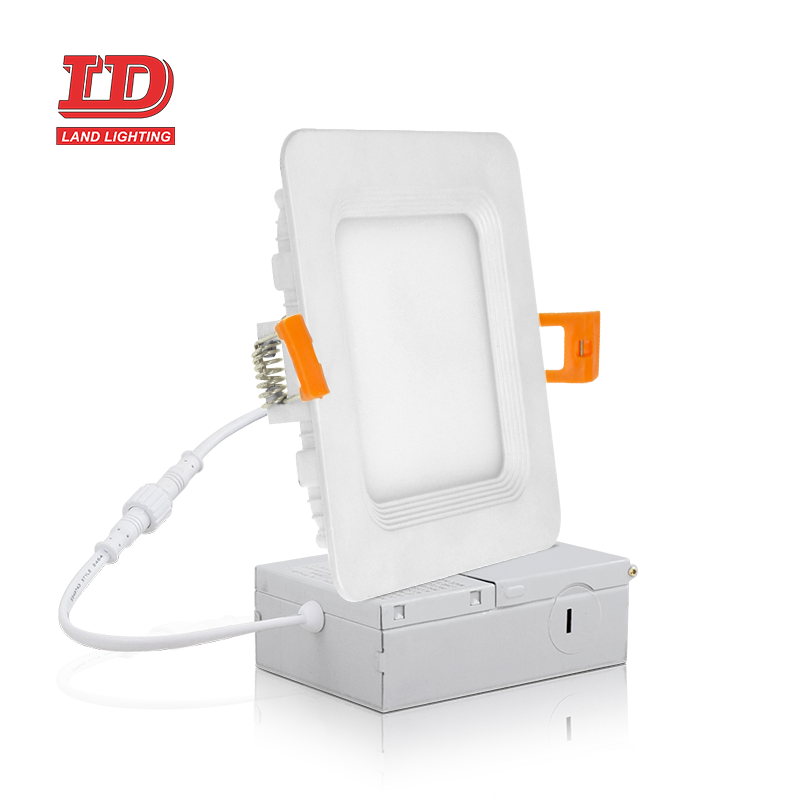LED Lights and Eye Damage
LEDs can cause eye damage, mainly because of chronic blue light exposure
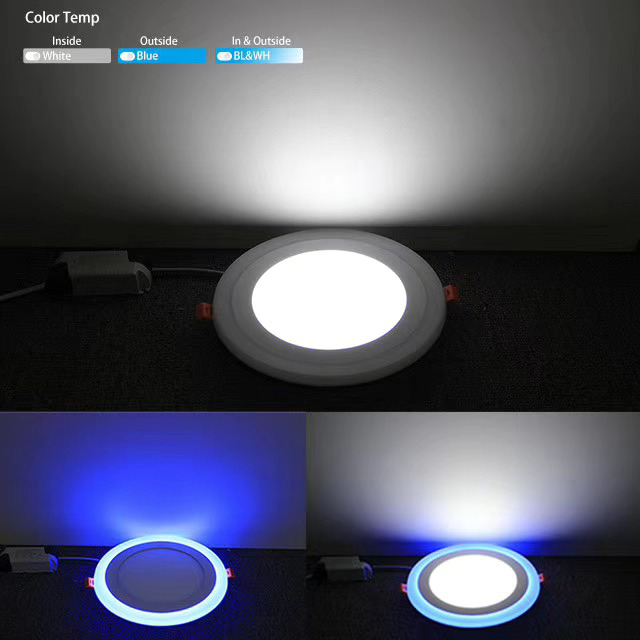
But Now:
Not everybody gets eye damage from LED lights usage.
Because eye damage will depend on several factors including:
l The amount of exposure.
l The length of time in exposure.
l The time of exposure (it’s riskier to suffer from LED lighting side-effects late at night than during early evening hours).
l The fixture’s color temperature.
l Basically, if you spend a lot of time exposed to high-intensity LED light, your chances of getting eye damage increase.
The opposite is also true.
And that’s why your choice of lighting will greatly impact the health of your eyes.
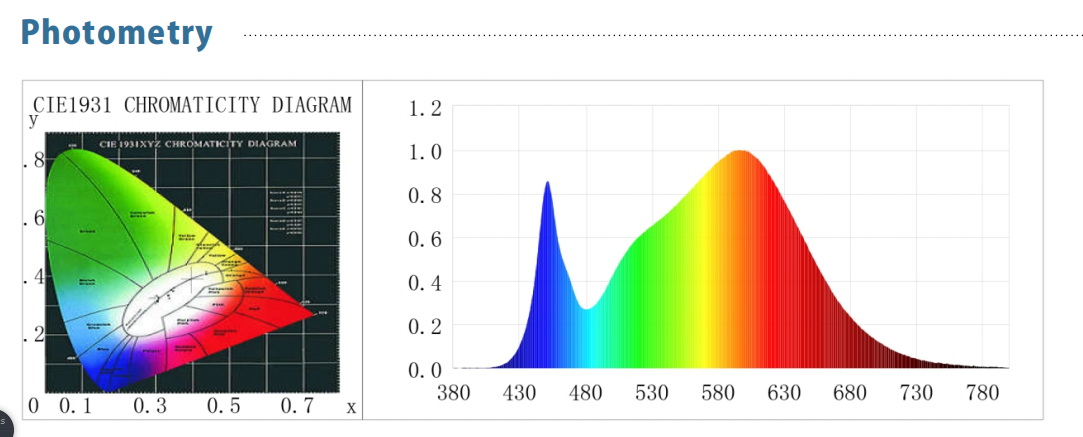
1. Which Color Light Is Best for Eyes?
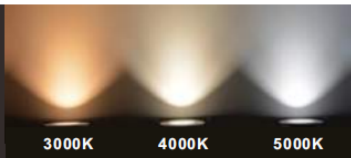
Obviously, the answer is natural light.
However, even sunlight can have health effects on your eyes and that’s why health experts often discourage people from looking straight at the sun.
The reason why sunlight is best is that it usually has a warmer appearance; that greatly improves our natural circadian rhythm.
When it comes to artificial lighting, warm temperature lighting sources like warm white LEDs or incandescent bulbs often do the trick.
But why settle for costly and inefficient incandescent technology when you can use warm white LED lights…?
2. Are Warm White LED Lights Bad for Eyes?
In fact, warm white LED lights are exactly what you need when you’re searching for great and efficient lighting fixtures that come with minimal demerits.
Warm LED lights are good for eyes in that they tend to mimic natural lighting – minus the harmful Ultra Violet Rays.
Therefore, if you’ve been wondering; Which light bulbs are safest for eyes?
Warm LED lights are your answer.
3. Is It Safe to Look at LED Lights?
Yes.
But only for short periods; in fact, a glance is more than enough.
That’s because prolonged staring at LED lights exposes your eyes to a lot of blue light; which can have both short-term and long-term effects on your visual well-being.
4. How Do You Protect Your Eyes from LED Lights?
To ensure that your eyes remain healthy and free of any effects that may arise from LED lighting, you can:
Avoid staring directly into your LED fixture.
If you really have to look at your fixture, do so in short glances.
Don’t install cool white LED lights in rooms where you spend most of your time at home; instead, opt for warm temperature LED fixtures.
Limit your time of exposure to LED lights to at most 6-7 hours a day. That way your eyes get less exposure to blue light.
These are simple steps to protect your eyes from unnecessary stress and damage.

